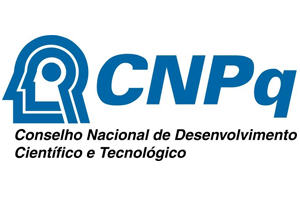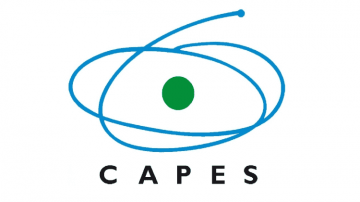Abbas A. Hussein
College of Veterinary Medicine, Department of Surgery and Obstetrics, University of Al-Qadisiyah, Al-Qadisiyah, Iraq
Qayes T. Ali
College of Veterinary Medicine, Department of Surgery and Obstetrics, University of Al-Qadisiyah, Al-Qadisiyah, Iraq
Muslim F. Diwan
College of Veterinary Medicine, Department of Surgery and Obstetrics, University of Al-Qadisiyah, Al-Qadisiyah, Iraq
Amir I. Towfik
College of Veterinary Medicine, Department of Surgery and Obstetrics, University of Al-Qadisiyah, Al-Qadisiyah, Iraq
ABSTRACT
Background: Fractures are common orthopedic injuries that, if not treated effectively, can result in long-term complications. Traditional treatment methods often involve immobilization, rehabilitation, and surgical interventions. Recently, regenerative medicine approaches, such as Platelet-Rich Plasma (PRP), have gained attention for enhancing fracture healing, particularly in cases of delayed union or nonunion. Objective: This study aimed to evaluate the efficacy of Cellulose Platelet-Rich Plasma (CPRP) in promoting fracture healing by leveraging the regenerative properties of PRP within a cellulose-based scaffold. Methods: An experimental study was conducted using male New Zealand rabbits, which were randomly assigned to three groups: Treatment Group 1 (TG-1) received CPRP, Treatment Group 2 (TG-2) received PRP, and the Control Group (CG-3) received no intervention. Histological and radiographic assessments were performed to evaluate bone defect healing at days 2, 4, and 16 post-injury. The outcomes of the CPRP and PRP groups were compared with those of the control group. Results: Significant improvements in fracture healing were observed in the CPRP group (TG-1) compared to the PRP group (TG-2) and the control group (CG-3). Histological and radiographic findings demonstrated enhanced bone regeneration and accelerated healing in the CPRP-treated group, suggesting the potential superiority of the cellulose-based scaffold combined with PRP over PRP alone. Conclusion: The integration of PRP with a cellulose-based scaffold (CPRP) represents a promising advancement in fracture repair. This innovative approach enhances the regenerative potential of PRP, offering faster healing, improved functionality, and better outcomes for patients. With ongoing progress in biologics, biomaterials, and tissue engineering, CPRP holds significant potential for transforming fracture treatment strategies
Keywords: Bone Healing; Experimental Osteotomy; Cellulose, Platelets-Rich Plasma; Rabbit.




